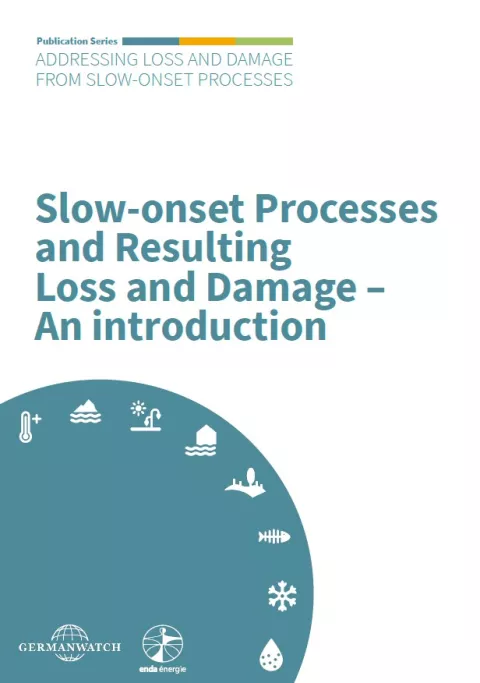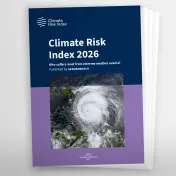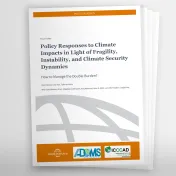
In addition to amplifying extreme weather events, climate change also causes or intensifies slow-onset processes such as sea-level rise, desertification, biodiversity loss or permafrost thaw. Both types of climate change impacts cause loss and damage, impede the enjoyment of human rights and can be drivers for human mobility. In contrast to extreme weather events, dealing with loss and damage caused by slow-onset processes in the context of climate change is still neglected, both at the national and international level.
The publication series "Addressing Loss and Damage from Slow-Onset Processes" responds to this challenge and aims to foster awareness of the urgency to act in this area and provide input for processes at the national and international levels. This is with the aim of finding tangible and feasible solutions to address loss and damage from slow-onset processes.
The first part of the series provides an introduction to the topic, presents slow-onset processes such as sea-level rise in detail, and analyzes the resulting economic and non-economic loss and damage. It concludes with insights into the case of losses and damages in Senegal due to sea level rise.
The second part „National and International Approaches to Address Loss and Damage from Slow-onset Processes – Status Quo, Challenges and Gaps“ can be found here: "National and International Approaches to Address Loss and Damage from Slow-onset Processes"
The publication series is prepared as part of the “Multi-Actor Partnership on Climate and Disaster Risk Financing in Context of the InsuResilience Global Partnership”.




